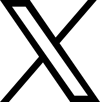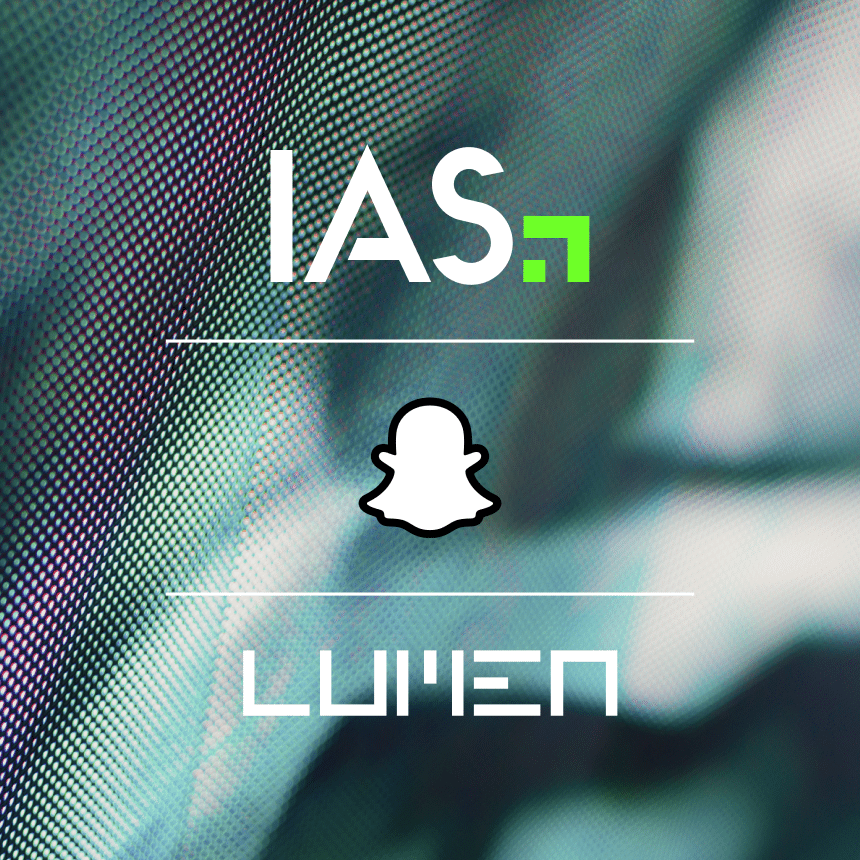Last month, news broke that ads from 108 brands ran on YouTube videos that contained misinformation about climate change. The alert came from a study conducted by Avaaz, a non-profit environmental activist group, which also showed that the affected brands included large brands across various industry verticals as well as environmental groups like Greenpeace and the World Wildlife Fund. With a combined 21.1 million views, the problematic videos might have been suggested to users after a search for “climate change,” “global warming,” or “climate manipulation” (a known conspiracy theory).*
Compared to previous challenges regarding ad placement on YouTube, advertisers responded to the conflict with a more measured approach. This time, brands are opting to work with YouTube directly to understand how to better target environments considered more suitable, and away from potentially harmful situations.
While the negative impact of unintentionally advertising alongside misleading content or misinformation is decidedly less than that of associating with terrorism, the issue represents a growing industry conversation around the shift from brand safety to suitability. Within the YouTube platform, brands are able to either toggle topics on or off as a whole, leaving them to decide whether to turn off “climate change” and reduce the reach of their campaigns.
But what if there were other options? In addressing the problem, some, like Avaaz, have put pressure on YouTube to take further steps toward monitoring their content and preventing videos with misinformation from receiving advertising support or being recommended to users at all. Yet, as the discussion continues around the role of social platforms in monitoring and policing content, brands have more power than they think.
With IAS, brands can proactively protect against unsuitable content by leveraging our YouTube Verification solution.
Measure and manage accordingly
Our monitoring solution uses machine learning models to assess the risk level (low, moderate, high) associated with every video. We update our data on a daily basis, allowing brands to update their YouTube list and filter out videos that don’t meet their brand suitability needs. Finally, we add a human lens to audit and enhance our models for maximum accuracy.
Spoiler: Our nuanced risk levels enable our advertisers to report on the right level of sensitivity for each brand. For example, in the Avaaz study, each video that was cited would have been labeled as “moderate risk” in the IAS system. Providing advertisers the awareness they need in order to take action.
Leverage our YouTube Inclusion Channel List
Additionally, with our YouTube Inclusion Channel List solution that is currently in beta, we use our assessment of videos to build a list of low-risk channels. In other words, we filter out channels with risky content to give brands peace of mind as they run across YouTube inventory. These lists are also updated based on our continuous assessment of every impression run by our clients on videos across each channel.
When it comes to brand safety and suitability, there are no guarantees. Topics like fake news and climate change are becoming increasingly grey areas with infinite perspectives, and the digital advertising landscape is still learning how to enforce transparency while reflecting freedom of speech. Nonetheless, brands are empowered to take control of their reputation and media spend today more than ever. Among the first companies to bring Invalid Traffic, Viewability, and Time-in-View verifications to YouTube, IAS knows the value of working closely with social platforms to express your brand values. At the end of the day, brand safety is right for everyone. Brand suitability is right for you.
 Share on LinkedIn
Share on LinkedIn Share on X
Share on X

